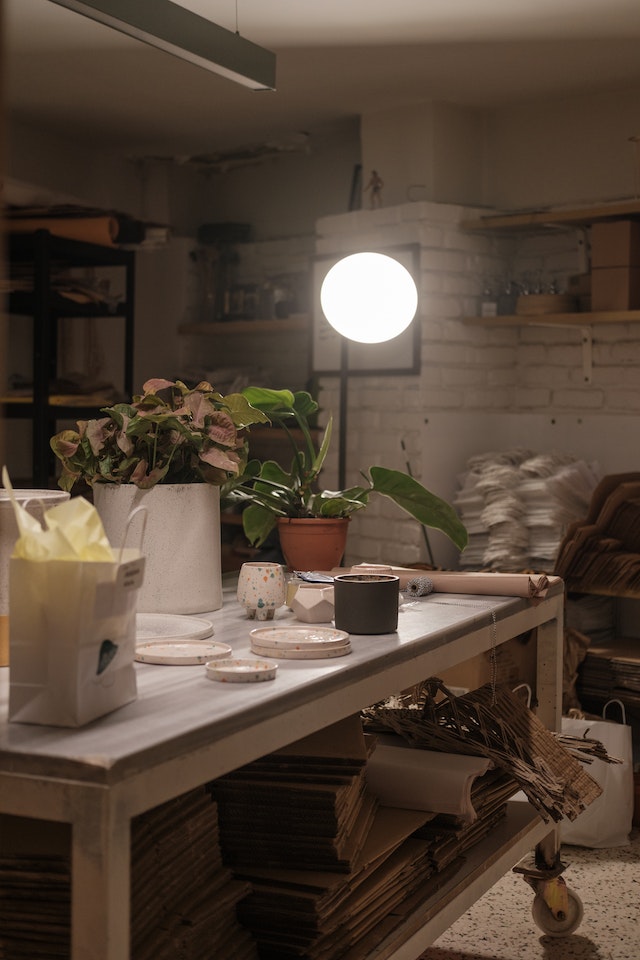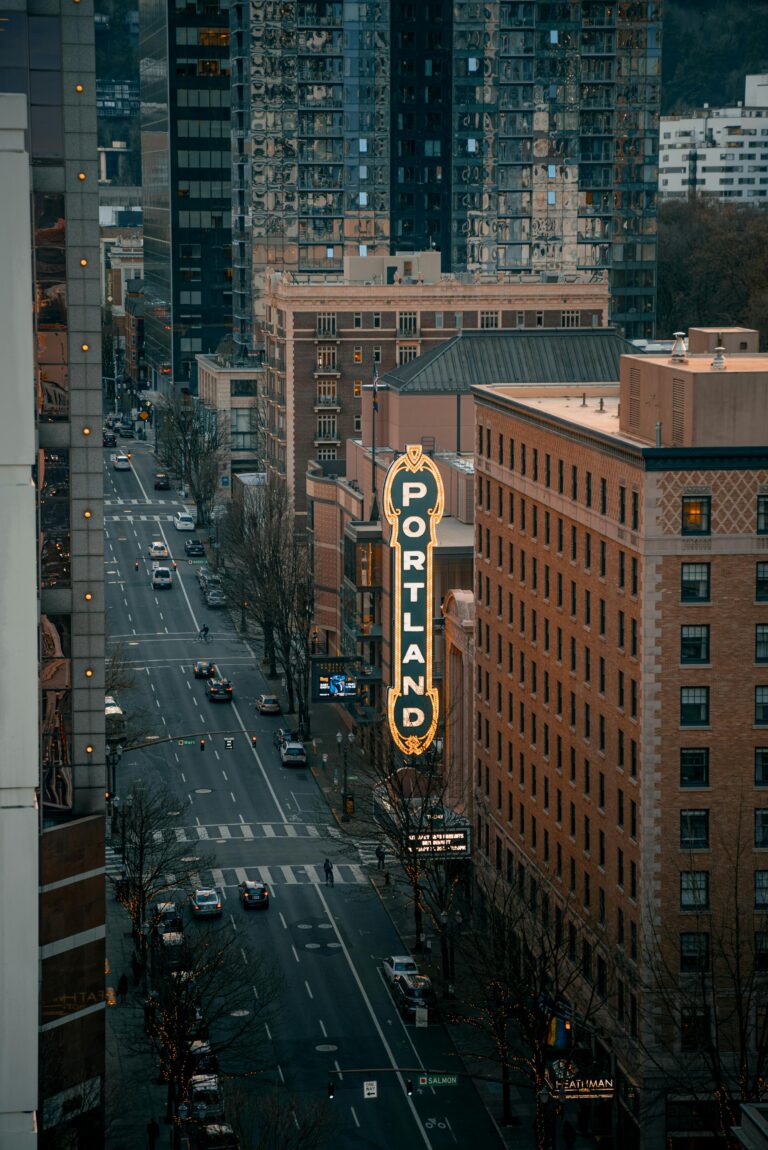 Have you ever found water damage in your home? If you have, then you are in the same boat as millions of Americans every year. Water damage is one of the most common issues that homeowners face when taking care of their properties. House floods can be caused by burst pipes, leaking appliances, heavy rain, flooding, sewage backup, poor insulation, an old roof, or any number of issues. Anything that results in water flooding your home is a devastating event. No matter what causes the damage, protecting your property and belongings is a priority.
Have you ever found water damage in your home? If you have, then you are in the same boat as millions of Americans every year. Water damage is one of the most common issues that homeowners face when taking care of their properties. House floods can be caused by burst pipes, leaking appliances, heavy rain, flooding, sewage backup, poor insulation, an old roof, or any number of issues. Anything that results in water flooding your home is a devastating event. No matter what causes the damage, protecting your property and belongings is a priority.
However, what is even more important than restoring your property is the safety of you and your family. Not only is water damage dangerous for the structural integrity of the building, but it can also leave behind contaminated items depending on the cause. For this reason, cleaning and sanitizing the affected materials will be a crucial step to reduce potential health risks and foul odors.
Types of Standing Water
After damage occurs, the resulting collection of water may or may not be filled with contaminants. There are three classifications of water that you should know about to determine how much cleaning and sanitizing you will need to do to make the affected area safe again.
White Water (Clean Water)
White water is considered the cleanest form. When you experience damage on your property from white water, there are minimal contaminants or chemicals left behind that could be unsafe for residents.
Grey Water
Grey water has mildly harmful chemicals in it. Examples of this include water from the washing machine that contains laundry detergent or dish detergent from the dishwasher. Though the cleanup process for this water should include disinfectant, it is not as severe as the third classification.
Black Water
This is the most contaminated form of water that can collect in your home. Think of sewer water or other types that harbor bacteria that could be very dangerous. A thorough cleaning and sanitation process will be required.
Cleaning and Sanitizing Tips for Flood Damage
To make sure that your home is properly cleaned after water damage, there are a few steps you should follow. By employing these methods, you can ensure a thorough disinfection process that will leave the house safe for everyone in your family.
Extraction and a Drying Process Come First
Before you think about disinfecting surfaces, you need to extract as much water as possible from the area. If left untreated, severe structural damage can occur, or at the very least your household items may be ruined.
To dry the space as effectively as possible, use wet vacuums, air movers and fans for better air circulation, a sump pump, and dehumidifiers. You should also open windows and doors to increase airflow in the space. Remove wet materials to air dry outside if possible, lowering the total amount of moisture in the room. Once the affected areas are as dry as possible, you can move on to cleaning and sanitizing.
Wear Protective Gear
Whether you are cleaning up grey or black water, protecting your skin from contaminants is a crucial step. Plus, some of the cleaning materials you use could be skin irritants with too much exposure. Wear protective clothing with long sleeves, eye protection, rubber gloves, and rubber boots if necessary before you begin cleaning. Wear pants as well. If any water is near an electrical system, this clothing could save you from a severe shock.
Remove Debris in Plastic Bags
Step one in the cleanup process is to clear as much debris out of the space as possible. This could be damaged pieces of carpet, dirt, clumps of sediment, broken down building materials, or anything else that was left behind by the flood damage. Put the debris into plastic bags for discarding.
Use Warm Water on Surfaces
Throughout the affected area, there may be many surfaces and materials that were in contact with the water. Scrubbing these items down with warm water, or even hot water, and a sponge should be your first step to remove dirt and debris that may not have been picked up by the vacuum.
Mix Bleach Solution
To really disinfect the surfaces in your home, combining a 1/4 cup of chlorine bleach with a gallon of water can do a thorough job of preventing bacteria growth in the affected spaces. After scrubbing everything down with hot water initially, follow that up with scrubbing this chlorine bleach mixture into the materials that may contain biological contamination. Make sure you hit all wall cavities and hard surfaces to ensure a complete job.
Dry the Sanitized Surfaces
Since you have made surfaces wet again with warm water and bleach, you may need to dry out these materials again. Create a lot of air circulation with fans and open windows to complete the flood-cleaning process.
Search for Mold Growth
Depending on how long the water damage was present, there may have been enough time for mold spores to develop in dark and damp places. Cleaning mold is important to maintain the air quality in your home, as this and other contaminants could cause respiratory problems. Attack mold growth wherever you notice it and disinfect those areas as well.
Disinfect Everything
Even if it takes extra work that is more complex than scrubbing something with a bleach mixture, you need to take care of every item that was affected by the flood water. Wood floors, upholstered furniture, and even stuffed animals need to be cleaned thoroughly if you plan to keep them. If left alone, these materials could become homes for harmful bacteria that put your family at risk.
Hire Professional Cleaning Services
When the project is larger in scale, you should probably consider hiring a Portland water damage restoration company. This can guarantee that your property will be returned to its pre-loss condition, or at least very close to it.
Restoration specialists have the equipment, cleaning supplies, and experience needed to handle the flooded areas in your home correctly. Whether you have water damage from raw sewage or just a leaky sink, let professionals tackle your project. Some contractors can handle everything from ductwork to new plumbing systems to remodeling ruined building materials.
Remember to contact an insurance agent to handle any insurance claims that you need to make after the incident occurs. In many cases, your insurance company could cover the cost of repairs and cleaning from a water damage restoration company. If this is the case, wouldn’t you rather have professionals saving your property and possessions rather than attempting it yourself?


